It’s not a secret that Japan has been trending lately. It seems that every time I log onto social media or am catching up with a friend, I am getting fed reasons to visit Japan.
It became one of the most desired destinations of 2023; and for a good reason. Japan is being advertised as a dream land of change and a place that you can experience a new realm of cultural awareness that feels different from one’s everyday life.
There is something so magical about giving yourself to the world, and Japan is a perfect place to surrender.
From my experience, it was like entering into another portal. Inside this portal was incredible food, diverse sights, and a warm welcome into a new religion.
Tokyo's embrace
Tokyo was a place I wasn’t ready for. The urban jungle was fiercely contrasted by shrines and Buddhist temples dating past 1,000 years. It’s a perfect combination of the way Japanese culture praises the past while still commending the future. As the largest economy in the country, the hustle of Tokyo is felt deeply.
The energy is unparalleled. There is nothing more powerful than standing in the midst of Shibuya Crossing, being a part of the 2.5 million people that cross per day. When visiting Tokyo, it’s important to find balance in the chaos or else you’ll find yourself being overwhelmed.
Luckily, with incredible parks like Yoyogi Park, and areas like the Senso-ji Temple, you have endless options for some peace.
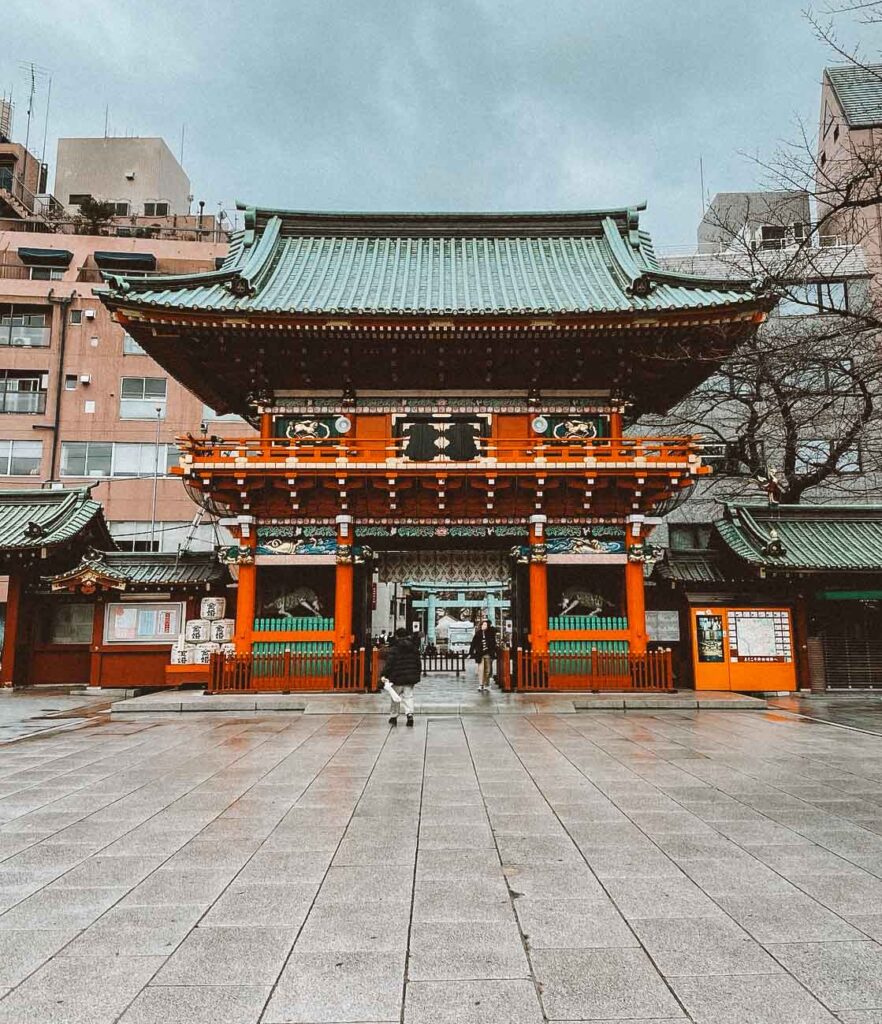
Navigating Tokyo's Vast Expanse
This city may seem impossible to explore due to its vastness and insane mileage. But public transportation is your friend.
With its 13 subway lines and direct train from the airport, this city is insanely accessible.
The Shinjuku station is a part of the experience and really helps you dive into what it feels like to be a local. Trust me, skip the Uber and hop on a train instead.
A City that Doesn't Sleep
One of my favorite nightlife spots which I frequented almost every night was the Golden Gai district.
It was unlike anything I had ever experienced. This district is comprised of over 200 small bars seating only 10-20 people.
Each have their own personality and serve different styles of drinks.
It truly is the most unique bar hopping experience you’ll ever have. Pitou, a natural wine bar was the star of the district, but there are many other quirky bars like Albatross that come in as a close second.
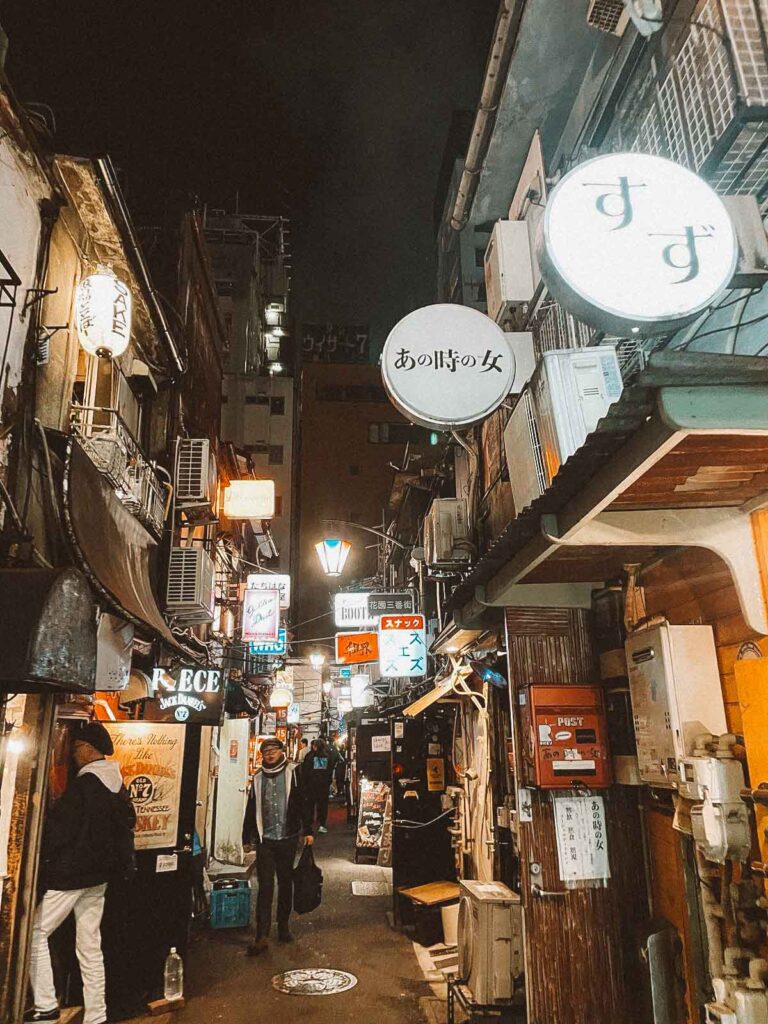
Indulging in Tokyo's umami
The food was the main event. Omoide Yokocho is a food district not to miss.
It has a similar concept to Golden Gai, spanning 70 small restaurants in a 100-meter radius.
You’ll be able to find an array of food options including many Izakayas (the Tapas version of Japanese eating), or authentic ramen and sushi spots.
Kameya was the most notable of the area, serving a delicious vegetarian tempura soba soup. They only have 8 spots open at their bar, where you can watch the chef make your meal.
One thing you’ll learn is that Japan loves their food markets. Don’t skip out on the Tsukiji Outer Market for an array of eclectic food choices ranging from strawberry red bean mocha to wagyu skewers.
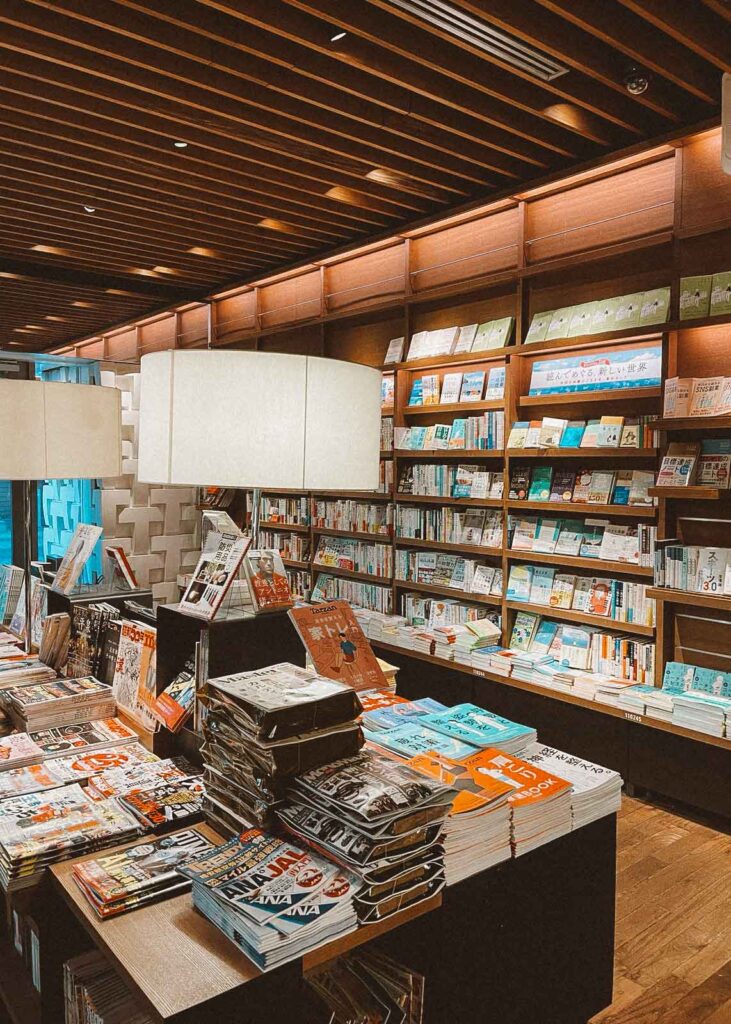
Tokyo's Bibliophile Haven
For any dedicated book lovers, Tsutaya Books Daikan-Yuma is a must see. This book store is more like a book campus.
It includes four buildings, and each one is dedicated to a different genre of books. I’ve never got lost in a bookstore the way I got lost in this one.
A Few Notes on Manners
A few notes on manners. The Japanese have an extremely rule following reputation. Some things to note were always standing to the left when on escalators or passing on the street.
J-walking is severely illegal. Speaking on the subway is frowned upon. And when you are eating, you are expected to focus on eating your food instead of using it as a social gathering. This is for the respect of the people waiting in line. Lines are a big part of Tokyo. The Japanese are not afraid to wait for good food.
It’s not uncommon to wait 30 minutes to an hour in line to eat. If there is a line, then it is vouched for by the locals and is a spot you should definitely try. They sure did teach me a thing or two on self-discipline and how patience can sometimes get you the best things in life.
Everywhere we waited was worth it. My favorite place we ate was Afuri Ramen. Eating that beautiful ensemble of noodles and broth was close to a religious experience. Simply delicious and worth the 45-minute wait.
Where to Stay
For lodging, the most accessible area to stay was Shinjuku. This neighborhood has easy access to both bar and food districts mentioned above as well as many Michelin ramen and sushi spots. It’s just a train ride away from the shopping in Harajuku and Shibuya. The APA Hotel is a sub-luxury hotel for a great price. It’s located in the heart of Shinjuku, is just minutes from the subway line, and includes a traditional Japanese breakfast.
The best part? Coming back from a long day of walking 20,000 steps embrace an ancient wellness ritual of soaking in the Onsen that’s open until 5am.
Like I said before, the Japanese have perfected finding peace in the urban chaos.

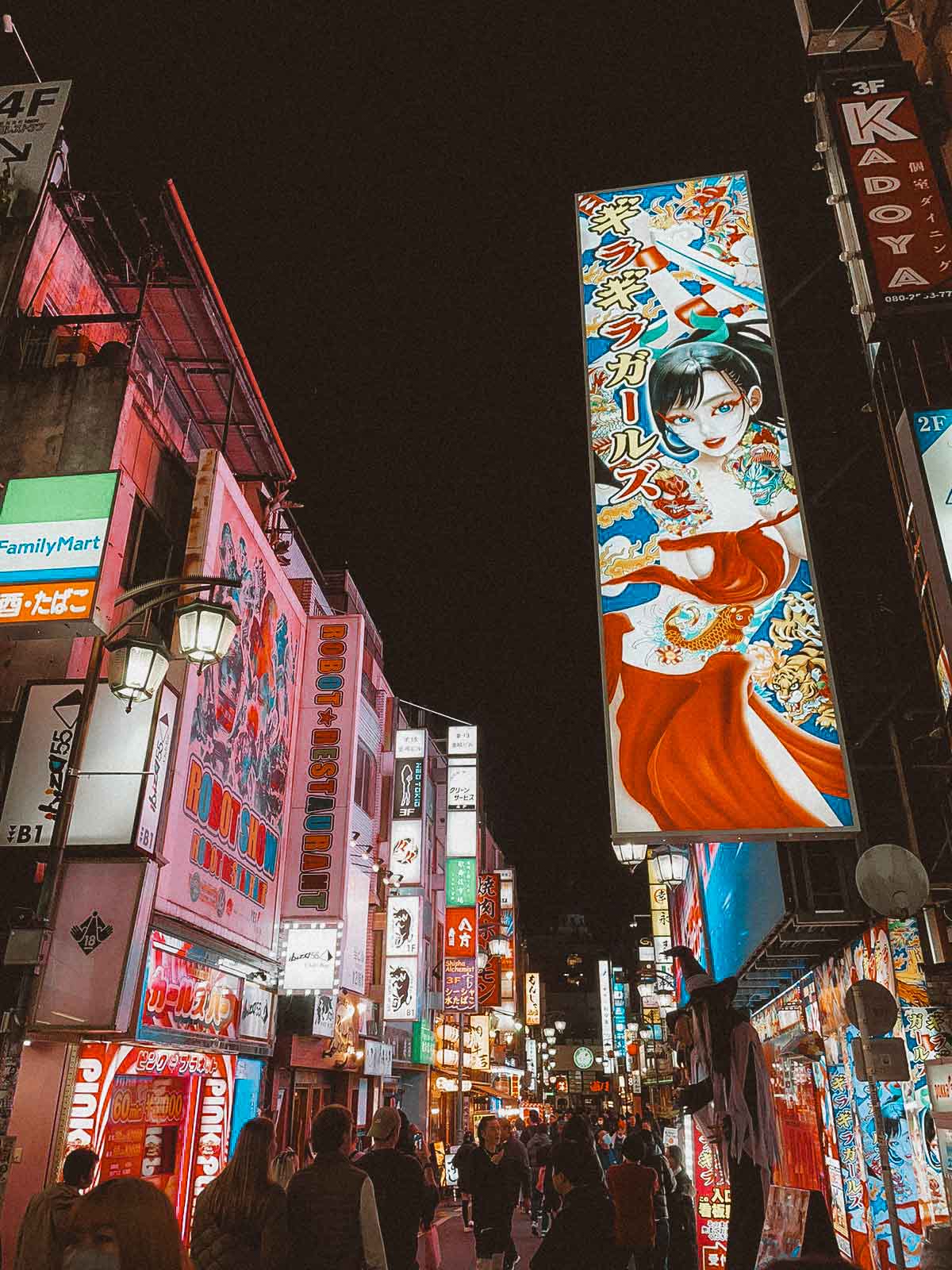

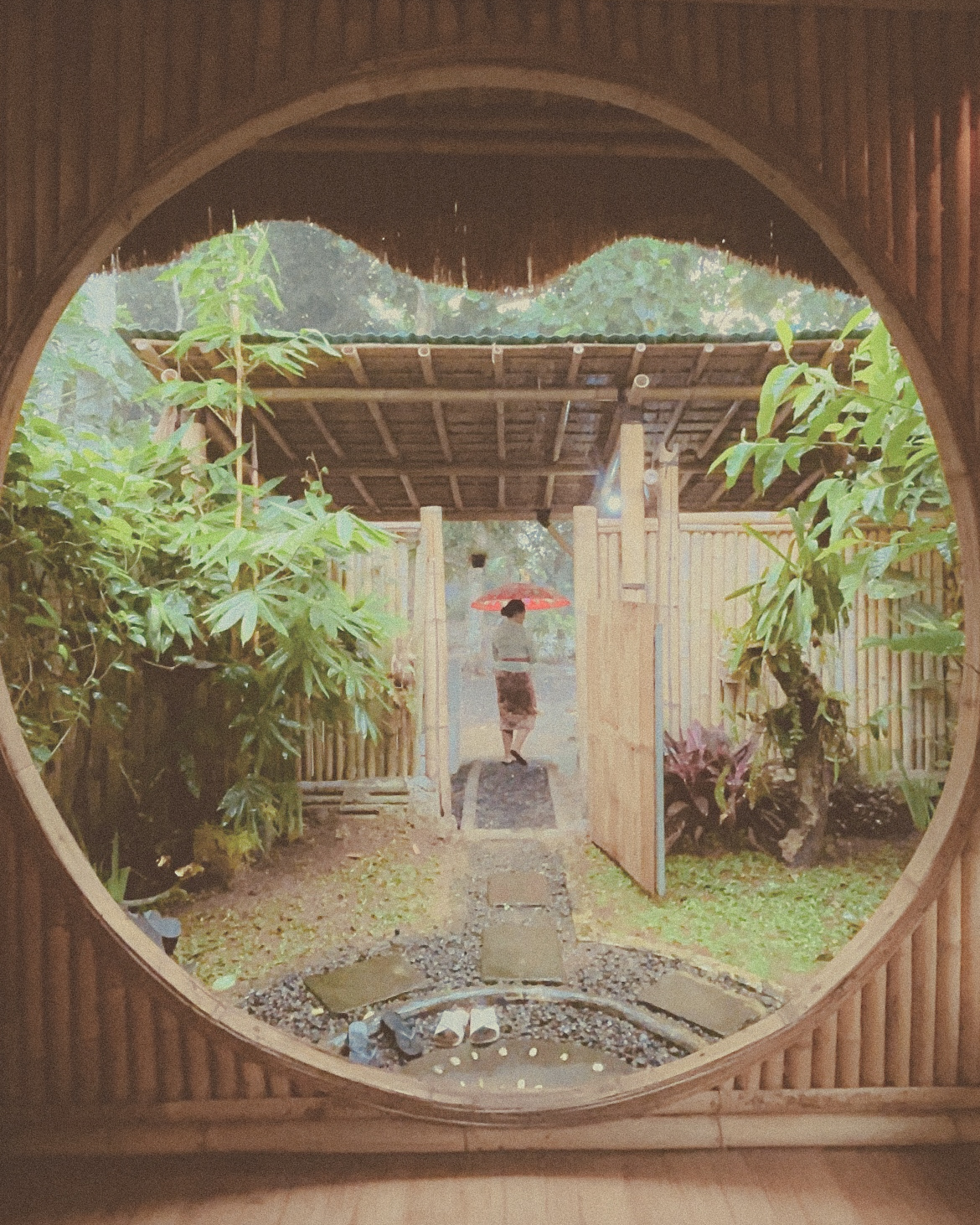
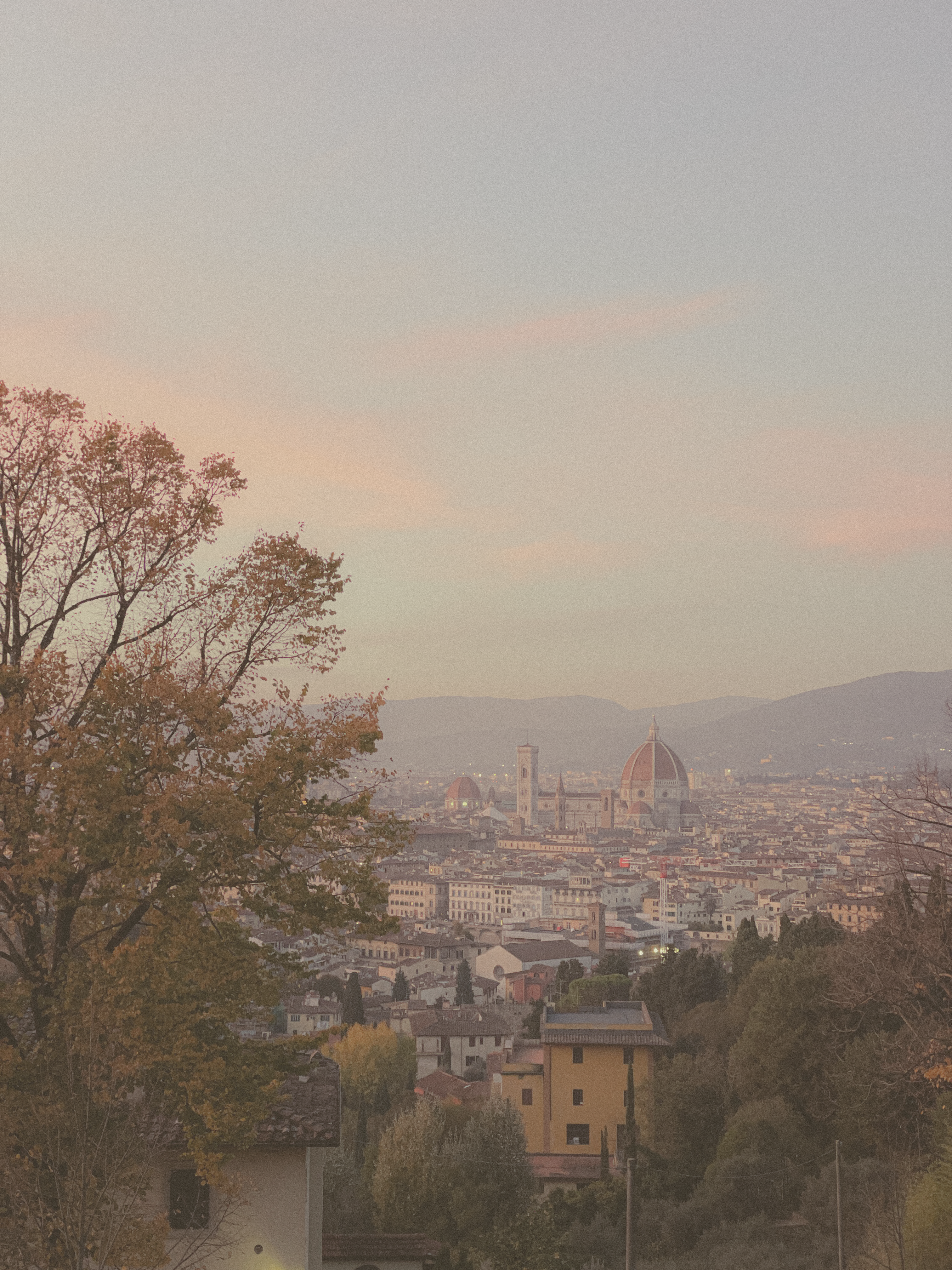
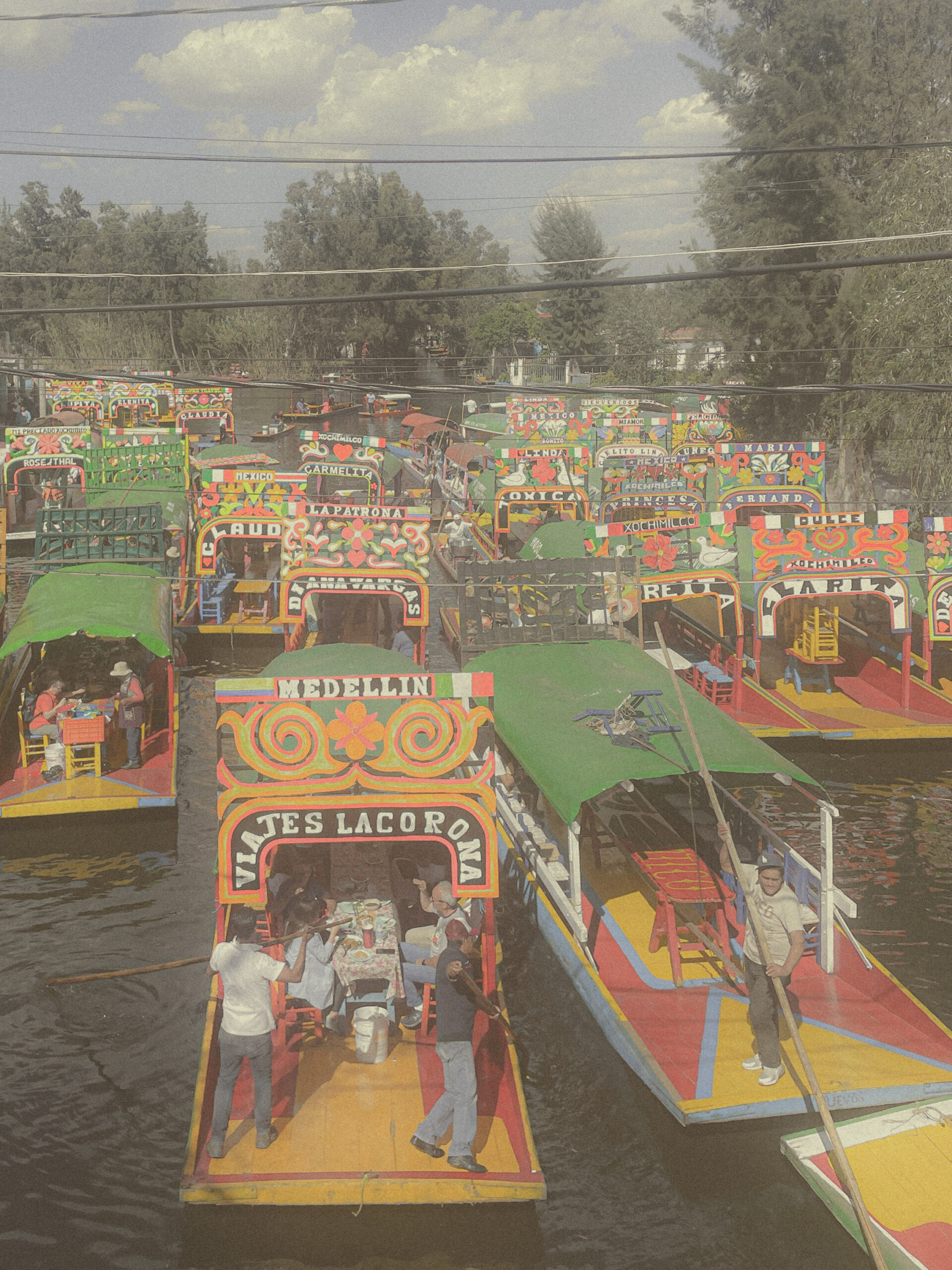
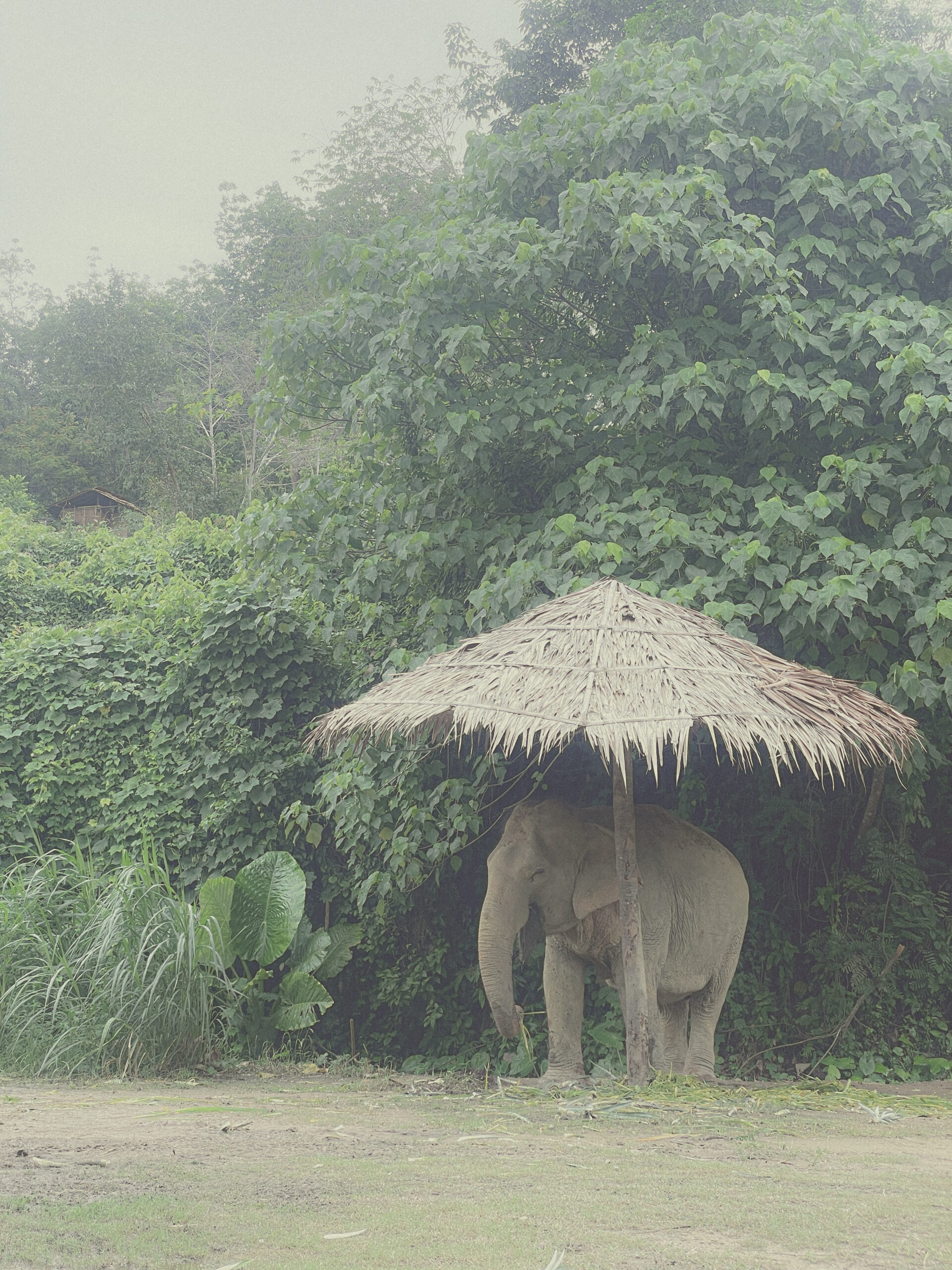

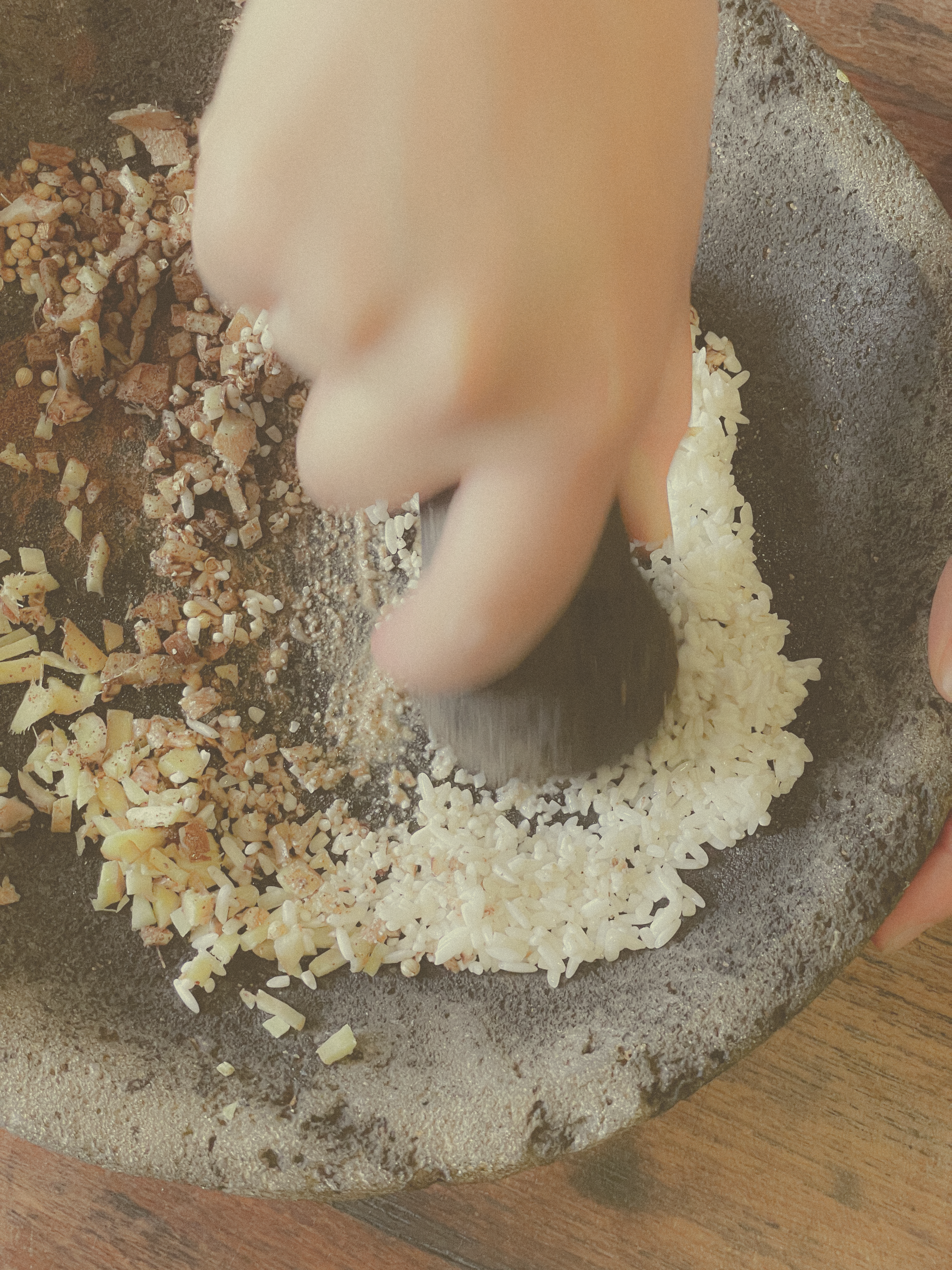



One Response
I have been surfing online more than 3 hours today, yet I never
found any interesting article like yours. It is pretty worth
enough for me. Personally, if all site owners and bloggers
made good content as you did, the internet will be a lot more useful
than ever before.